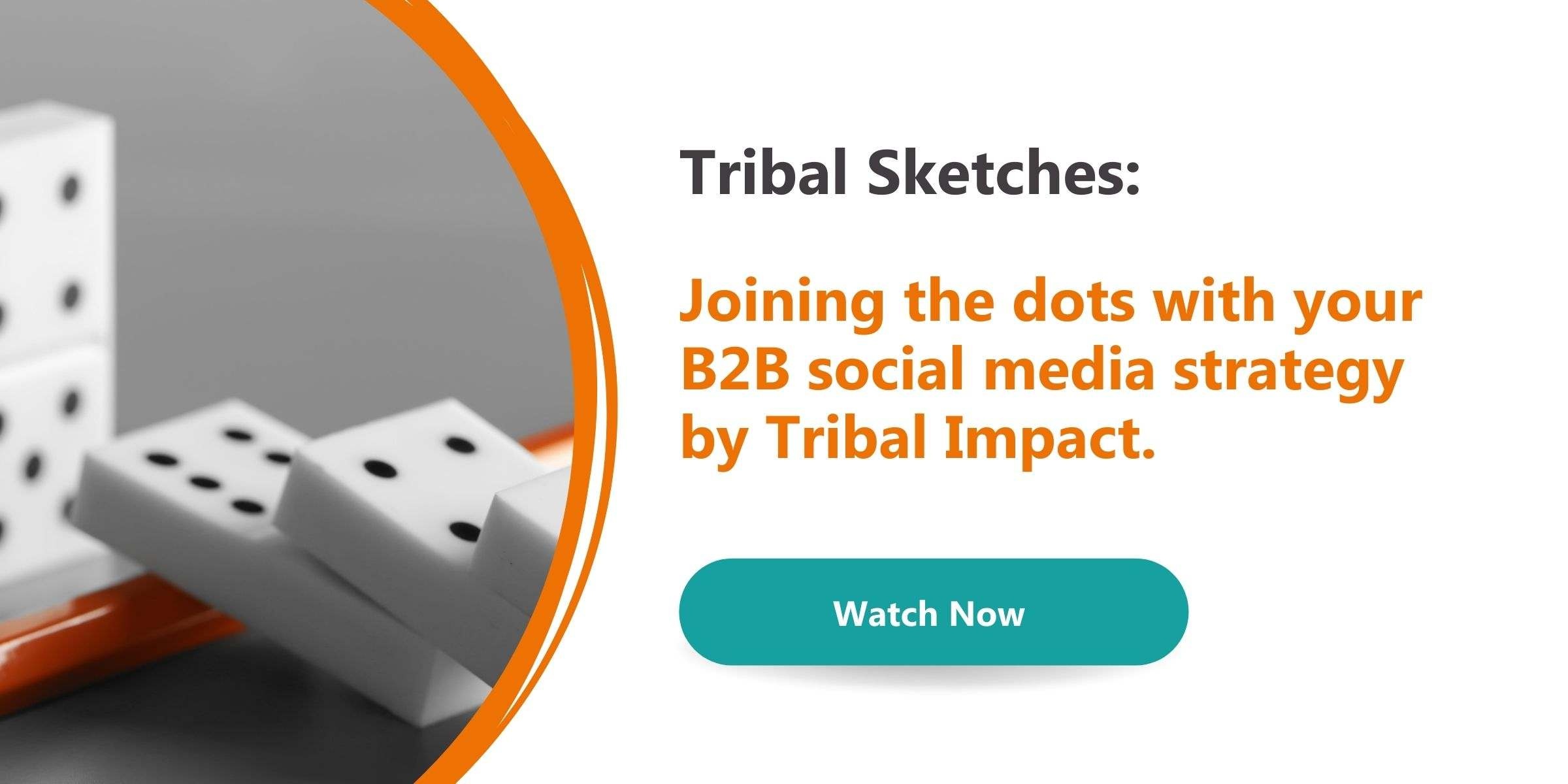
It’s hard to find talent out there right now. The manufacturing and tech industries need the brightest minds, but, in the competitive labour market, how can they find the best talent?
One of the most effective – but underestimated – ways to attract the right talent is with social media. This is a technique that should start before the hiring process, with a consistent strategy that clearly displays the company’s culture and what it stands for. The right social media content shows people what they can expect from the brand, both as an employee and a consumer, and helps them form a relationship with it.
According to a Glassdoor report, nearly 80% of job applicants use social media as part of their job search.
Social media can help reflect a company’s diversity and culture. Regular social media usage can also demonstrate its modern values. This one simple act can help make a business more attractive as an employer. Especially if your employees are posting about your company on their personal profiles. Job seekers rank current employees as the most trusted source for information about a company. (CareerArc)
An online presence is also more efficient than a physical presence. Instead of reaching people once at any event, businesses can reach their audience more often. Which means it’s easier to nurture relationships and turn those relationships into a thriving candidate pool.
Applying for a role in a company where there’s little to be found about their company culture is risky. Candidates don’t know if it’s the kind of role or atmosphere they’d enjoy. This can put some candidates off from applying, or mean they disqualify themselves further along in the hiring process. The hiring process then takes longer and costs more money.
The final candidate who gets the job may also not be the company’s first choice, but one of the only choices left because the company’s culture was unclear from their online presence.
Showcasing Company Culture
Whether it’s through videos, photos, or employee-generated content, social media can show prospective candidates what an average day working for the company looks like.
Behind-the-scenes content like this allows the audience to peek behind the curtain. It shows an open culture, which can be a positive indicator to candidates.
If done right, this type of content can also show a happy and productive workforce, something which is a natural result of a positive and inclusive company culture.
More and more people want to work for companies with strong values. This may include gender equality, LGBTQ+ rights, racism, climate change, or something else. They want the reassurance that the company they choose to spend their time with doesn’t just say that they support a cause – they actively show their support.
Companies could put on events, host live talks or interviews or conduct employee training to educate and support them.
Quick tip: At Tribal Impact, we like to display our culture with the 70/30 rule. 70% of our content is about what we do and 30% of content is about our company culture and what we stand for.
Employees are then included in the causes that the company believes in, which can build employee wellbeing, particularly if it’s something that means a lot to them, too.
And when those causes are shown on social media, future employees can picture themselves as a part of it. Which makes them more likely to apply for roles.
Brands Who Use Social Media Well
Henkel is a great example of a brand which is open about its company culture online. It leads with a purpose-driven approach, putting things like sustainability and diversity at the forefront of what it does.
This isn’t just what Henkel stands for – it’s what its employees stand for, too. A common purpose like this creates a sense of unity, keeping employees happy and engaged, and makes them feel like they’re working towards a greater purpose.
HubSpot is also open about their company culture on their social media profiles. Its CEO has talked openly online about their approach to culture, and how it’s different to many other companies out there. This instantly puts culture at the heart of everything they do, as well as catching the attention of the types of candidates their open, ‘use good judgment’ culture appeals to.
Stewarts proves that even ‘boring’ and highly regulated industries can be interesting and open on social media. The assumption is always that law firms are stuffy and old-fashioned, but Stewarts’ content shows otherwise.
For instance, they posted on World Mental Health Day the ways they support their employees’ mental health, which includes with specialist counselling and Mental Health First Aiders. This shows prospective candidates exactly what type of business they are, and how they’re not just saying they support a cause – they're actively demonstrating their support.
Sweet Fish Media does things a little differently. The focus is on employees generating the content and sharing it to their own profiles. This creates a much more personal connection from the start, and shows that they trust their employees to talk about life at the company in a positive but honest light.
Putting Employees In Control
The pandemic has taught us many things. For a lot of employees, it’s how enjoyable working from home can be.
While some companies are insisting all employees return to the office, not everyone wants to. Which means they’re leaving their roles instead of going back to office-based working.
Employees want flexible working, but some businesses simply aren’t comfortable with this. Especially employees who have families, health issues, or who just find it easier to concentrate when working in their own space.
Social media content that doesn’t just tell, but shows what employees are capable of when working from home demonstrates to candidates who they could be working for, and what they could achieve.
Employee-generated content is an important way to build trust. According to the 2021 Edelman Trust Barometer, 53% of people trust information from someone like them, and 59% of people trust information from a company technical expert. The bigger their role in a B2B social media strategy, the more significant its impact on the hiring process will be.
But the experiences of entry-level employees are often a better representation of company culture than what life is like for those higher up.
Employee-generated content is, therefore, more likely to attract the right types of candidates and speed up the hiring process.
Conclusion
The biggest demographics in the workforce, millennials and Gen Z, have grown up with the internet and social media. Posting on social media without a strategy isn’t enough to attract the right talent anymore.
To streamline their hiring process, and reduce the cost, companies must start their hiring process long before they’re ready to hire, by reflecting their company culture and values on social media.
Everything from what’s expected of employees, to what past and present employees think of the business, can inspire social media content. This can then inspire future employees to apply because they want to be part of a mission-driven business that believes in the same things they do.
I invite you to look at your company’s social media profiles and to put yourself in the shoes of a candidate. Do your profiles tell a candidate anything about the company’s culture? Would you apply for a role at the company?
